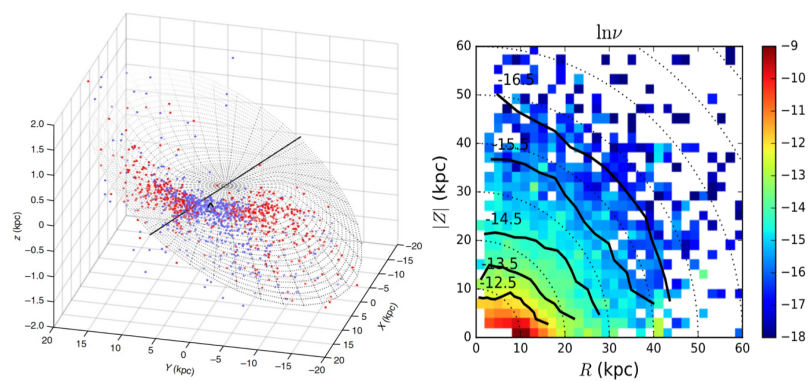The group of “Stars and Stellar Systems” is dedicated to the study of a number of frontier research topics of astrophysics, including stellar structure and evolution, cluster physics, time-domain astronomy (variable stars especially), and the structure of the Galaxy. We are operating the 50cm Binocular Network telescope (50BiN) and the 1-m Song telescope in Qinghai Province, China.
In recent year, the group put a lot of efforts into site selection for the future observing site on Tibet-Qinghai Plateau. The site quality of the Lenghu site has been monitored for more than three years. The results reveal that the site is excellent in terms of overall conditions. The median seeing is 0.76 arcsec which makes the site a promising observatory for future Optical/IR observations.
Research Interests:
Stellar structure and evolution: We’re interested in the study of stellar convection and related issues, including the structure of convectively unstable and overshooting regions, the interaction between convection and pulsation, the excitation and damping mechanisms of stellar oscillations.
Cluster physics: We use high-precision photometry and spectral data to study the evolution of clusters, focusing on the star populations, the origin of exotic objects such as blue straggler stars, fast rotators and multiple stellar populations in star clusters.
Variable stars and time-domain Astronomy: We focus on variables searching based on big data, variable physics based on spectra, and asteroseismology based on high-precision radial velocity monitoring.
Galactic Structure: We use great survey data (both photometry and spectroscopic) to select all possible and reliable stellar types as distance tracers, and then use them to study the structure of the Milky way, combined with velocity and age information to explore the dynamics and evolution of the Galaxy, especially the Galactic disk.
Optical site monitoring in Lenghu: Acquiring the long-term and uninterrupted monitoring data of Saishiteng station (4200 m altitude), tracking metrological, environment, and astronomical observing parameters. Based on the obtained and future monitoring data, we will finally be able to evaluate the site, and make a recommendation to use the site for the future development of observational astronomy in China.

Optical site monitoring in Lenghu

Our new understanding of the Milky Way
Group Leader: Licai Deng
Faculty members: Xiaobin Zhang, Chunguang Zhang, Yan Xu, Xiaodian Chen, Fan Yang
Ph.D. students: Xin Ji, Weijia Sun, Yujiao Yang, Xiaowei Duan, Fangzhou Ren

Address: 20A Datun Road, Chaoyang District, Beijing, China code: 100012
Tel: 010-64888708 E-mail: naoc@nao.cas.cn

